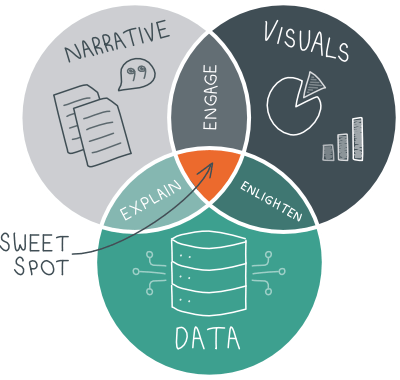Storytelling in Data
HIRING AND TIPS


The Art of Storytelling in Data Analysis
Data analysis is a powerful tool, but its true potential is unlocked when it’s paired with effective storytelling. Here’s how you can weave compelling narratives with your data.
The Importance of Storytelling in Data Analysis
In the age of big data, we’re inundated with information. But raw data alone often fails to engage audiences or drive decision-making. That’s where storytelling comes in. By weaving data into a narrative, we can make complex information more digestible, relatable, and actionable.
The Elements of a Good Data Story
A good data story, like any narrative, has a beginning, middle, and end. It introduces a problem or question (the beginning), explores the data (the middle), and arrives at a conclusion (the end).
The Beginning: Setting the Stage
Start by introducing the problem or question your data addresses. This sets the context and gives your audience a reason to care about the data.
The Middle: Exploring the Data
This is where you dive into the data. Use visualizations to make your data accessible and engaging. Remember, your goal is not just to present data, but to tell a story with it.
The End: Drawing Conclusions
Finally, interpret the data to answer the initial question or solve the problem. This is your opportunity to drive home the significance of your findings.
Tips for Effective Data Storytelling
Keep it Simple: Don’t overwhelm your audience with too much data. Focus on the most relevant data points that drive your narrative.
Use Visuals: Charts, graphs, and infographics can make data more engaging and easier to understand.
Be Honest: Never manipulate data to fit your narrative. Integrity is crucial in data storytelling.
Know Your Audience: Tailor your story to your audience. What do they care about? What do they already know?
Narrative Flow: Ensure your story has a logical flow from introduction to conclusion.
Conclusion
Data storytelling is a powerful tool for making data-driven decisions and engaging audiences. By combining data analysis with narrative techniques, you can transform raw data into compelling stories.
Remember, the goal of data storytelling is not just to present data, but to turn it into insight and action. So next time you’re faced with a dataset, don’t just analyze it—tell its story.
